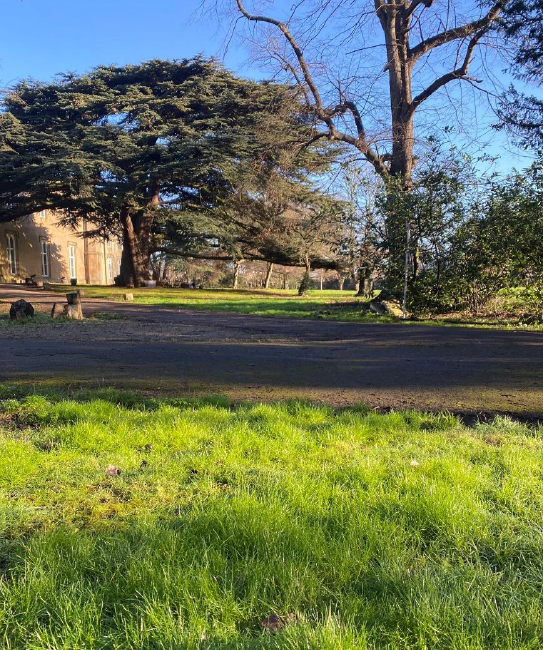PROJECT OUTLINE
The Twyford Abbey Masterplan is a recently consented large residential development located on land which is designated as Metropolitan Open Land, Heritage Land, a Site of Importance and Nature Conservation land. The project aims to restore a Grade II listed building and walled garden, which are listen on Historic England’s ‘Heritage at Risk’ register. The scheme proposes 30 homes in the restored Twyford Abbey itself, as well as seven new residential buildings comprising of 286 homes, half of which will be affordable homes for local people. The abbey’s historic grounds will also be opened to the public for the first time since 1987, providing a new 1.2-acre park and community grow gardens.
The site is in the vicinity of both an industrial estate and the North Circular Road, an arterial road connecting large swathes of inner and outer London. Unchecked, the Site’s location near the industrial estate could have posed problems, due to the presence food production premises from which odour could affect amenity at the proposed Site. Air pollution from traffic using the North Circular Road could also affect on-site users and additional traffic from the scheme may contribute to the generation of air pollutants in this built-up part of London.
What was the challenge?
These factors are significant considerations when planning applications are submitted. Latimer by Clarion Housing instructed Temple to prepare an air quality and odour assessment. Our assessment quantified the air quality effects of the proposed development (associated with the additional traffic) on air quality at existing and proposed residences. To accord with the London Plan, an air quality neutral assessment was included.
Our odour assessment indicated that the scheme would be unlikely to expose future site users to significant odour, so no odour mitigation was considered necessary.
The air quality assessment indicated that the Site would not expose most future site users to poor air quality, although mitigation was recommended as a precaution for residences closest to the North Circular, where pollutant concentrations were predicted to be highest. Despite the Site not having significant impacts on existing air quality, we recommended best practice measures to mitigate the impacts from site vehicles whilst the scheme undergoes construction and when operational.
What was the conclusion?
Once planning permission had been granted, Temple also prepared a Dust and Air Quality Management Plan to discharge a planning condition. This included targeted recommendations to control emissions from construction vehicles, plant and construction activities; a monitoring programme to monitor residual air quality effects; and a method outlining how this could be implemented practically.

